Home>Garden Essentials>How To Grow Clementines Without Seeds


Garden Essentials
How To Grow Clementines Without Seeds
Modified: March 16, 2024
Learn the secrets of growing clementines in your garden without seeds. Discover step-by-step techniques for a bountiful harvest.
(Many of the links in this article redirect to a specific reviewed product. Your purchase of these products through affiliate links helps to generate commission for Storables.com, at no extra cost. Learn more)
Introduction
Welcome to the world of gardening, where the possibilities are endless and the rewards are abundant. If you’re a fan of citrus fruits and have always dreamed of growing your own clementines, you’re in luck! In this article, we’ll explore the fascinating process of growing clementines without seeds.
Clementines are a popular variety of mandarin oranges known for their sweet and juicy flesh. They are easy to peel and are bursting with flavor, making them a favorite snack for both kids and adults. While traditionally grown from seeds, growing clementines without seeds offers several benefits and is a great way to enjoy the fruits of your labor more quickly.
One of the primary advantages of growing clementines without seeds is the time saved. When grown from seeds, it can take several years for the trees to produce fruit. However, by using a technique called grafting, you can jumpstart the process and have a productive tree in a fraction of the time.
Another benefit of growing clementines without seeds is the ability to select specific varieties that suit your taste preferences and growing conditions. There are numerous clementine varieties available, each with its own unique characteristics, such as fruit size, flavor profile, and disease resistance. By choosing the right variety, you can ensure a bountiful harvest of delicious clementines that are tailored to your liking.
So, whether you’re a seasoned gardener looking to expand your citrus collection or a novice with a green thumb, growing clementines without seeds is an exciting and rewarding endeavor. In the following sections, we’ll guide you through the process, equipping you with the knowledge and tools to successfully cultivate your own clementine trees and savor the fruits of your labor.
Key Takeaways:
- Growing clementines without seeds saves time and allows for quality control, space efficiency, and consistent fruit production, making it a rewarding and efficient endeavor for citrus enthusiasts.
- Proper care, including soil preparation, watering, fertilizing, pruning, and pest management, is essential for successfully growing and enjoying homegrown clementines.
Read more: How To Grow Clementines From Seed
Benefits of Growing Clementines Without Seeds
Growing clementines without seeds offers a myriad of benefits that make it an attractive option for citrus enthusiasts. Let’s explore some of the advantages of this method:
- Time-saving: Growing clementines from seeds can be a long and unpredictable process. It can take several years for a seed-grown tree to reach maturity and produce fruit. However, by using grafting techniques, you can bypass this waiting period and enjoy the fruits of your labor much sooner. Grafted clementine trees tend to start fruiting within a year or two, allowing you to enjoy fresh, homegrown clementines in a fraction of the time.
- Quality control: When you grow clementines without seeds, you have the opportunity to select specific varieties that suit your taste preferences and growing conditions. Whether you prefer sweeter or tangier clementines, larger or smaller fruits, or trees that are more disease-resistant, you can choose the ideal variety for your needs. This level of control ensures that you can enjoy the highest quality clementines that meet your personal preferences.
- Space efficiency: Grafted clementine trees generally have a more compact growth habit compared to seed-grown trees. This makes them suitable for smaller gardens or even container gardening. By choosing a dwarf or semi-dwarf variety, you can maximize your garden space and still enjoy a generous harvest of juicy clementines.
- Consistent fruit production: Seed-grown clementine trees may produce fruits with varying qualities. Some may be sweeter or more flavorful, while others may be bland or less desirable. By growing clementines without seeds, you can ensure consistent fruit production, with each fruit having the desired flavor and characteristics that you’ve chosen. This allows for a more enjoyable and rewarding harvest experience.
- Pest and disease resistance: Selecting clementine varieties that are known for their resistance to common citrus pests and diseases is essential for successful cultivation. When growing clementines without seeds, you can choose varieties that have proven resistance to pests like aphids or diseases like citrus canker. This reduces the likelihood of encountering problems and makes the overall maintenance of your clementine trees easier.
By growing clementines without seeds, you not only save time but also have greater control over the quality, space requirements, and fruit production of your trees. It’s a wonderful way to savor the delicious taste of homegrown clementines while enjoying the many advantages that this method offers.
Selecting the Right Clementine Variety
Choosing the right clementine variety is a crucial step in growing clementines without seeds. There are several factors to consider when making your selection, such as flavor preferences, climate suitability, disease resistance, and tree size. Here are some tips to guide you in selecting the right clementine variety:
- Flavor: Clementines are known for their sweet and juicy flavor, but different varieties can vary in taste. Some are sweeter with a honey-like flavor, while others have a slightly tangier or more citrusy taste. Consider your personal preferences and whether you enjoy a sweeter or more tart clementine when choosing your variety.
- Climate suitability: Clementines thrive in warm and subtropical climates. However, certain varieties are more adaptable to colder regions or can tolerate frost better than others. If you live in an area with colder winters, look for cold-hardy clementine varieties that can withstand lower temperatures and still produce fruit.
- Disease resistance: Citrus trees can be vulnerable to various pests and diseases. When selecting a clementine variety, consider ones that have a good track record of disease resistance. Look for varieties that are known to be resistant to common citrus diseases like citrus canker, greening disease, or powdery mildew. This will help reduce the maintenance and care required to keep your trees healthy.
- Tree size: The size of the clementine tree is an important factor to consider, especially if you have limited space or plan to grow it in a container. Some clementine varieties have a compact growth habit and are classified as dwarf or semi-dwarf, making them more suitable for small gardens or container gardening. Make sure to check the expected height and spread of the tree before making your selection.
- Pollination requirements: While many clementine varieties are self-pollinating, meaning they can set fruit without the need for another tree for cross-pollination, some varieties may benefit from having a compatible pollinator nearby. If you have space for multiple trees or want to ensure maximum fruit production, consider selecting a variety that is known to be a good pollinator for clementines.
Researching and understanding the different clementine varieties available will help you make an informed decision based on your preferences and growing conditions. Consider visiting nurseries, consulting with local gardening experts, or researching online to find the best clementine variety for your garden. With the right variety, you can enjoy a fruitful harvest of delicious and homegrown clementines.
How to Prepare the Soil for Clementine Trees
Proper soil preparation is essential for the healthy growth and development of clementine trees. By providing the right conditions, you can ensure that your trees receive the necessary nutrients and have a strong foundation for productive fruiting. Follow these steps to prepare the soil for your clementine trees:
- Choose a well-draining location: Clementine trees thrive in well-draining soil to prevent waterlogged roots. Select a location in your garden that has good drainage or consider planting in raised beds or containers with drainage holes.
- Test the soil: Before planting your clementine trees, it’s recommended to test the soil pH and nutrient levels. You can use a soil testing kit or send a soil sample to a local agricultural extension office for analysis. This will help you determine any soil deficiencies or imbalances that need to be addressed.
- Adjust the pH: Clementines prefer slightly acidic to neutral soil, with a pH level between 6.0 and 7.0. If your soil pH is outside this range, you may need to amend it accordingly. To lower the pH (make it more acidic), you can incorporate organic matter such as compost or well-decomposed manure. To raise the pH (make it more alkaline), you can add agricultural lime, following the recommended application rates.
- Improve soil structure: For optimal root development and nutrient absorption, it’s important to improve the soil structure. If your soil is heavy or clayey, you can add organic matter like compost, peat moss, or aged leaf mulch to improve its texture and drainage. Work the organic matter into the top 12 to 18 inches (30 to 45 cm) of soil, ensuring it is evenly distributed.
- Address nutrient deficiencies: Depending on the results of your soil test, you may need to address any nutrient deficiencies by adding fertilizers or soil amendments. Citrus trees, including clementines, have specific nutrient requirements. They need a balanced fertilizer with a higher ratio of nitrogen (N) to phosphorus (P) and potassium (K). Consult a local gardening expert or nursery for guidance on selecting the right fertilizer and application rates.
- Mulch the soil: After planting your clementine trees, apply a layer of organic mulch around the base. Mulching helps conserve soil moisture, suppress weed growth, and regulate soil temperature. Use organic mulch, such as wood chips or straw, and spread it around the tree, keeping it a few inches away from the trunk. Maintain a mulch layer that is 2 to 4 inches (5 to 10 cm) deep.
By following these steps, you can ensure that your clementine trees have a suitable environment for healthy growth and development. Proper soil preparation sets the foundation for successful fruit production and minimizes the risk of nutrient deficiencies or waterlogging. Take the time to prepare your soil before planting, and you’ll be rewarded with thriving clementine trees in your garden.
Planting Clementines Without Seeds
Planting clementines without seeds is an exciting way to kick-start the growth of your trees and enjoy a quicker harvest. Grafting is the common method used to propagate clementines, and it involves joining the scion (desired variety) onto a rootstock (compatible citrus tree). Follow these steps to successfully plant your grafted clementine trees:
- Choose healthy rootstock: Select a healthy and disease-free rootstock that is compatible with clementines. Common rootstocks used for citrus grafting include trifoliate orange (Poncirus trifoliata) and citrange (a hybrid of citron and sweet orange). Consult with a local nursery or gardening expert to determine the best rootstock for your area and desired clementine variety.
- Prepare the scion: Obtain your desired clementine scion from a reputable source or by propagating it from a healthy existing tree. Make sure the scion is from a disease-free and productive tree. Trim the scion to a length of 4 to 6 inches (10 to 15 cm) and remove any excess leaves, leaving a few intact at the tip for photosynthesis.
- Perform the graft: Make a clean, slanting cut on the rootstock, about 1.5 to 2 inches (4 to 5 cm) long. Make a corresponding slanting cut on the base of the clementine scion, ensuring that the cuts match perfectly. Fit the two cuts together, aligning the inner cambium layers, and tape securely with grafting tape. Grafting should be done during the dormant season, typically in late winter or early spring. Consider practicing grafting on expendable branches or seeking guidance from experienced grafters.
- Protect the graft: Once the graft is secure, protect it from drying out or infection by covering it with grafting wax or grafting compound. This helps create a barrier against pathogens and aids in the healing process. Ensure that the graft union is completely covered and sealed, protecting it from exposure to air and moisture.
- Planting the grafted tree: Choose a sunny location in your garden with well-draining soil. Dig a hole that is wide and deep enough to accommodate the entire root ball of the grafted tree. Place the grafted tree in the hole, ensuring that the graft union is above the soil level. Backfill the hole, gently firming the soil around the roots. Avoid planting too deeply or covering the graft union with soil.
- Water and care: After planting, water the grafted tree thoroughly to settle the soil and eliminate any air pockets. Provide regular watering, especially during the first few weeks, to support root establishment. Apply a layer of mulch around the base of the tree to help conserve moisture and suppress weed growth. Monitor the tree for any signs of stress or disease, and provide appropriate care as needed.
By following these steps, you can successfully plant your grafted clementine trees and set them up for healthy growth and fruit production. Remember, grafting can be a delicate process, so take your time and ensure that the graft is secure and protected. With patience and proper care, you’ll soon witness the beauty and bounty of your thriving clementine trees.
To grow clementines without seeds, you can use a process called grafting. This involves attaching a clementine branch to a rootstock of a different citrus tree. This allows the clementine to grow without needing to start from a seed.
Read more: How To Grow Carrots In Pots Without Seeds
Watering and Fertilizing Clementine Trees
Proper watering and fertilization are key factors in the successful growth and fruit production of clementine trees. By providing adequate moisture and essential nutrients, you can ensure that your trees thrive and produce a bountiful harvest. Here are some guidelines for watering and fertilizing your clementine trees:
Watering:
Clementine trees require regular watering, especially during the growing season, to maintain healthy foliage and fruit development. Follow these watering tips:
- Establishment: After planting, water the tree deeply to settle the soil and encourage root establishment. Give the tree a thorough watering, saturating the root zone, and ensure that the water reaches the entire root system.
- Frequency: During the first year, water your clementine tree 1-2 times per week, depending on weather conditions. Adjust the frequency based on factors like rainfall and soil moisture. Aim to keep the soil consistently moist but not waterlogged.
- Deep watering: Rather than frequent shallow watering, it’s best to water deeply to encourage deep root growth. This helps the tree access nutrients and withstand drought conditions. Water the tree slowly and deeply, allowing the water to penetrate the soil to a depth of at least 12 inches.
- Mulching: Apply a layer of organic mulch around the base of the tree, keeping it a few inches away from the trunk. Mulching helps retain soil moisture, suppress weed growth, and regulate soil temperature. Maintain a mulch layer that is 2 to 4 inches deep, replenishing it as necessary.
- Monitor soil moisture: Regularly check the soil moisture level by inserting your finger or a moisture meter into the soil. Water when the top inch or two of soil feels dry. Avoid overwatering, as it can lead to root rot and other issues.
Fertilizing:
Clementine trees have specific nutrient requirements to support their growth and fruit production. Follow these fertilization tips:
- Timing: Start fertilizing your clementine trees in early spring, just before new growth emerges. Apply fertilizer every 4-6 weeks during the growing season (spring to early fall). Avoid fertilizing during the dormant winter period.
- Choose the right fertilizer: Use a balanced citrus fertilizer with a higher ratio of nitrogen (N) for foliage growth. Look for formulations specifically designed for citrus trees, as they provide the necessary micronutrients like iron, manganese, and zinc. Follow the instructions on the fertilizer package for application rates.
- Apply evenly: Spread the fertilizer evenly around the drip line of the tree, which is the area directly below the outermost branches. Avoid applying fertilizer directly near the trunk, as it can cause root burn. Water the area after fertilizing to help the nutrients reach the root zone.
- Monitor leaf health: Regularly inspect the leaves of your clementine tree for any signs of nutrient deficiencies, such as yellowing or stunted growth. Adjust your fertilization regimen if needed, but avoid over-fertilization, as it can lead to nutrient imbalances or burn the roots.
- Organic alternatives: If you prefer organic options, you can use compost, well-rotted manure, or organic citrus fertilizers. These natural alternatives provide slow-release nutrients and help improve overall soil health.
Remember, watering and fertilizing needs may vary depending on factors like climate, soil type, and age of the tree. Regular observation and adjustment based on the specific needs of your clementine trees will help ensure their optimal health and productivity.
Pruning and Training Clementine Trees
Pruning and training clementine trees are essential practices that promote healthy growth, maintain shape, and encourage optimal fruit production. Proper pruning helps remove dead or diseased branches, improves airflow and sun exposure, and shapes the tree for easier maintenance. Here’s a guide on pruning and training your clementine trees:
- Prune during the dormant season: The ideal time to prune clementine trees is during the late winter or early spring when the tree is dormant. Avoid pruning during periods of active growth as it may disrupt the tree’s energy and fruit production.
- Remove dead and diseased wood: Start by inspecting the tree for dead, damaged, or diseased branches. Using clean and sanitized pruning shears or loppers, remove these branches back to the collar (the swollen area where the branch meets the trunk), making clean cuts to promote healing.
- Thin out crowded branches: Look for branches that are densely packed or crossing over each other. These branches can inhibit airflow and sunlight penetration, potentially leading to disease and pest problems. Selectively remove one of the competing branches, favoring those with a healthier structure and better positioning.
- Keep an open center: Clementine trees benefit from an open center or vase shape, which allows better light penetration and air circulation. To achieve this form, identify the central leader (the main vertical stem) and remove any competing branches that grow upright and threaten to surpass or shade the leader. Encourage the growth of outward-facing lateral branches.
- Manage tree height: If your clementine tree becomes too tall and difficult to manage or harvest, consider pruning the central leader to reduce the height. Carefully cut back the leader to a branching point lower on the tree, encouraging lateral growth and a more compact form.
- Promote fruiting wood: Clementine trees produce fruits on new growth, known as fruiting wood. Encourage the development of this wood by pruning to stimulate new shoots. Cut back healthy lateral branches to promote the growth of new shoots that will bear fruit. Maintain a balance between vegetative growth and fruiting wood to facilitate consistent fruit production.
- Prune for maintenance: Regularly monitor the tree for any re-emerging dead, diseased, or crossing branches throughout the year. Prune as needed to maintain the tree’s health and shape. Avoid excessive pruning, as it can reduce fruit production and stress the tree.
Remember to use sharp and sanitized pruning tools to minimize the risk of spreading diseases. After pruning, consider applying a thin layer of horticultural or pruning sealant to the cut surfaces to protect against pathogens and pests.
Training a young clementine tree is equally important to establish a strong structure and encourage proper growth. Here are a few training techniques:
- Stake or support: If your young clementine tree is weak or susceptible to wind damage, consider staking or providing support until it becomes sturdy enough to stand on its own. Use soft ties to avoid damaging the bark and regularly check for any adjustments needed as the tree grows.
- Training lateral branches: Choose 2-3 well-positioned lateral branches to become primary scaffold branches. These branches should be evenly distributed around the central leader and have sufficient spacing between them. Attach them to stakes or supports if necessary to promote their even growth. Prune away any competing branches that may interfere with the development of the primary scaffolds.
- Monitor branch angles: Aim for wide angles (around 45 degrees) between the central leader and the primary scaffold branches. Wide angles contribute to a stronger structure and reduce the risk of branches splitting under the weight of the fruit. If you notice narrow angles, gently bend and tie down the branches to encourage wider growth.
- Regularly assess and adjust: As the tree grows, regularly assess its structure and adjust accordingly. Prune away any misplaced or vigorous branches that disturb the tree’s overall balance and form. Continue to monitor the branch angles and remove any competing branches that may hinder the growth of the primary scaffolds.
By practicing regular pruning and proper training techniques, you can shape your clementine tree into a healthy and productive specimen. Remember to tailor your pruning approach based on the specific needs and growth patterns of your tree, and don’t hesitate to seek guidance from local experts or experienced gardeners if you need assistance.
Protecting Clementine Trees from Pests and Diseases
Keeping your clementine trees healthy and free from pests and diseases is crucial for their growth, fruit production, and overall vitality. By implementing preventive measures and proper care, you can protect your trees from common issues that can affect citrus trees. Here are some tips for protecting your clementine trees:
- Inspect regularly: Regularly inspect your clementine trees for signs of pests or diseases. Look for evidence of insect activity, such as holes in leaves, sticky residue (honeydew) on leaves and fruits, or deformed growth. Also, watch for discoloration, wilting, or unusual spots on leaves, as these can be symptoms of diseases.
- Promote good hygiene: Maintain good garden hygiene by regularly removing fallen leaves, debris, and fruit that may harbor pests or diseases. Prune and discard any dead or damaged branches promptly to prevent the spread of diseases.
- Monitor and control pests: Some common pests that can affect clementine trees include aphids, citrus leaf miners, spider mites, and citrus psyllids. Monitor your trees closely for signs of these pests and take appropriate action if necessary. This may include using insecticidal soaps, horticultural oils, or natural predators like ladybugs to control pest populations.
- Prevent disease spread: Certain diseases can impact clementine trees, such as citrus canker, citrus greening, and powdery mildew. To minimize the risk of disease spread, avoid pruning or working with your trees when they’re wet, as this can contribute to the spread of pathogens. Disinfect your pruning tools between cuts, especially when dealing with infected plants.
- Avoid overwatering: Excessive moisture can create ideal conditions for fungal diseases. To prevent this, avoid overwatering your clementine trees and ensure proper drainage. Water the trees at the base, rather than overhead, to keep the foliage dry. Use mulch to help regulate soil moisture and prevent fungal spores from splashing onto the leaves.
- Ensure proper nutrition: Maintaining a healthy tree through proper nutrition helps it withstand and recover from pest and disease attacks. Ensure your clementine trees receive balanced fertilization according to their specific nutrient requirements. This will help boost their natural defenses and promote overall tree health.
- Consider organic approaches: If possible, opt for organic pest and disease control methods to minimize the use of chemical pesticides. Beneficial insects, such as ladybugs and lacewings, can help control aphid populations naturally. Neem oil and insecticidal soaps are effective organic options for managing certain pests.
- Stay informed: Stay updated on local citrus pest and disease issues by consulting with local agricultural extension services or citrus-specific organizations. They can provide valuable information and advice tailored to your specific region and help you identify and address any emerging threats.
By practicing preventive measures, maintaining good hygiene, and proactively monitoring your clementine trees, you can help protect them from pests and diseases. Regular attention and prompt action will go a long way in maintaining the health and productivity of your precious citrus trees.
Harvesting and Storing Clementines
Harvesting your clementines at the right time and storing them properly will ensure that you enjoy their juicy, flavorful goodness at its peak. Timing and handling are key factors in preserving the quality and extending the shelf life of your freshly harvested clementines. Here’s what you need to know about harvesting and storing clementines:
Timing of Harvest:
The optimal time to harvest clementines is when they are fully ripe and at their peak flavor. Here are some signs to look for:
- Color: The fruit should have achieved its characteristic bright orange hue, indicating maturity.
- Firmness: Gentle pressure should yield a slight give in the flesh, indicating that the fruit is ripe and juicy.
- Taste test: Sample a fruit to ensure it has reached the desired sweetness and flavor.
It’s important not to harvest clementines too early, as they may lack sweetness and flavor. Leave them on the tree until they are fully ripe to enjoy the best taste experience.
Harvesting Techniques:
When harvesting clementines, follow these guidelines to ensure you handle the fruit delicately and minimize damage:
- Use shears or snips: Instead of pulling or twisting the fruit, use clean and sharp shears or snips to cut the stem about half an inch above the fruit. This method prevents damage to the fruit and the tree.
- Keep the stem intact: Leave the small stem attached to the fruit, as this helps maintain its freshness and prolong shelf life.
- Handle with care: Handle the harvested clementines gently to avoid bruising or puncturing the skin. Rough handling can lead to faster deterioration and affect the quality of the fruit.
Storing Clementines:
To maximize the shelf life and quality of your harvested clementines, follow these storage guidelines:
- Remove damaged fruit: Before storing, inspect the harvested clementines and remove any damaged, bruised, or overripe fruit. Damaged fruit can spoil quickly and affect the other clementines.
- Avoid excessive moisture: Ensure that the clementines are completely dry before storing them. Excess moisture can promote the growth of mold or cause the fruit to rot.
- Store at the right temperature: Clementines are best stored at cool temperatures that are typically between 40-50°F (4-10°C). A cool pantry, basement, or refrigerator is suitable for short-term storage. Avoid storing them in excessively cold areas, as it can cause chilling injury and affect the fruit quality.
- Proper ventilation: Allow for proper air circulation around the stored clementines to prevent the buildup of excess moisture. Use ventilated containers, mesh bags, or shallow trays to store the fruit.
- Regularly check and remove spoiled fruit: Periodically check the stored clementines for any signs of spoilage or decay. Remove any affected fruit to prevent the spread of mold or rot.
Remember that clementines are best enjoyed fresh, so aim to consume them within a week or two of harvesting. The longer they are stored, the more the flavor and juiciness may diminish. By harvesting at the right time and storing them properly, you can enjoy the delightful taste of your homegrown clementines to the fullest.
Read more: How Do Limes Grow Without Seeds
Conclusion
Congratulations on your journey to growing clementines without seeds! With the knowledge and guidelines provided in this article, you are equipped to embark on a rewarding adventure of cultivating your own bountiful harvest of sweet and juicy clementines. By understanding the benefits of growing clementines without seeds, selecting the right variety, preparing the soil, planting properly, and caring for your trees, you can experience the joy of enjoying homegrown citrus fruits.
Remember to provide regular watering and balanced fertilization to ensure the health and productivity of your clementine trees. Pruning and training are necessary practices to maintain the shape and structure of your trees, while protecting them from common pests and diseases will ensure their longevity and productivity. Harvest your clementines when they are fully ripe, using proper techniques, and store them appropriately to savor their deliciousness for as long as possible.
Throughout your journey, stay observant and adaptable. Monitor your trees closely, adapting your care methods as needed to suit their specific needs and local conditions. Stay informed about the latest trends, techniques, and challenges in growing clementines, leveraging the expertise of local agricultural extension services and fellow gardeners. The more you learn and experiment, the more you’ll develop your own techniques and insights into successful clementine cultivation.
Growing clementines without seeds requires patience, commitment, and a touch of artistry. But the rewards are plentiful – a vibrant and fruitful garden, the satisfaction of enjoying the fruits of your labor, and the fulfillment of knowing that you have nurtured these beautiful trees. So, roll up your sleeves, put on your gardening gloves, and get ready to experience the wonders of cultivating your very own clementine trees. May your journey be filled with abundant harvests and the joy of sharing nature’s sweet treasures with your loved ones.
Frequently Asked Questions about How To Grow Clementines Without Seeds
Was this page helpful?
At Storables.com, we guarantee accurate and reliable information. Our content, validated by Expert Board Contributors, is crafted following stringent Editorial Policies. We're committed to providing you with well-researched, expert-backed insights for all your informational needs.
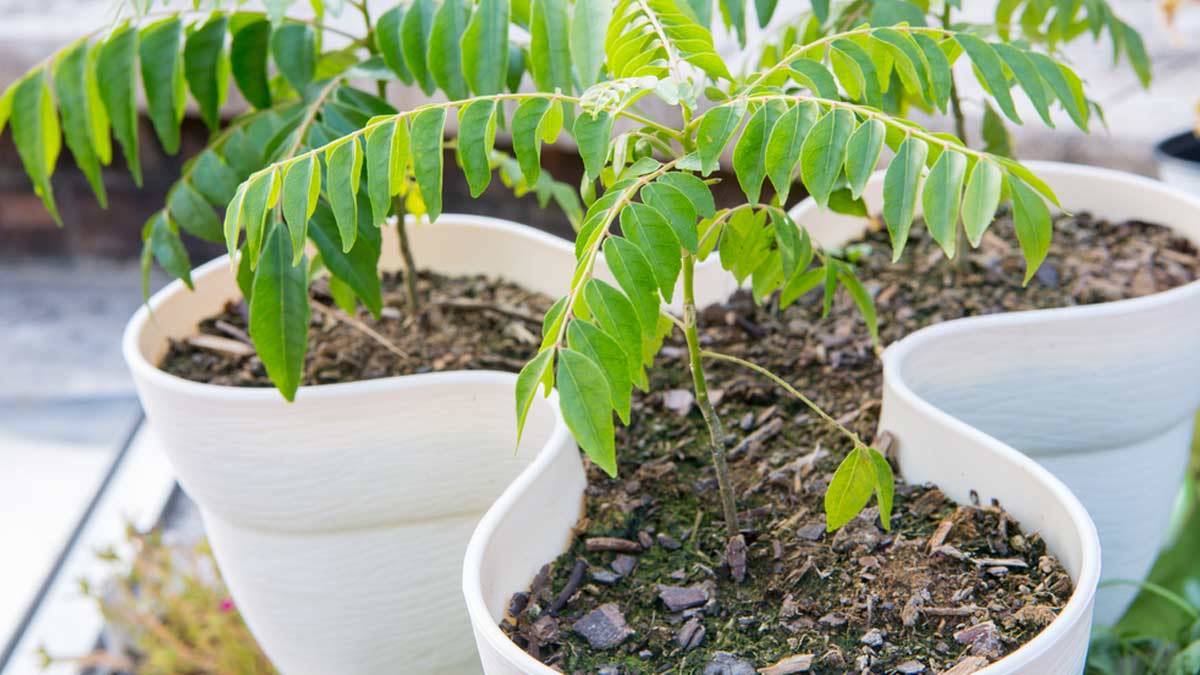
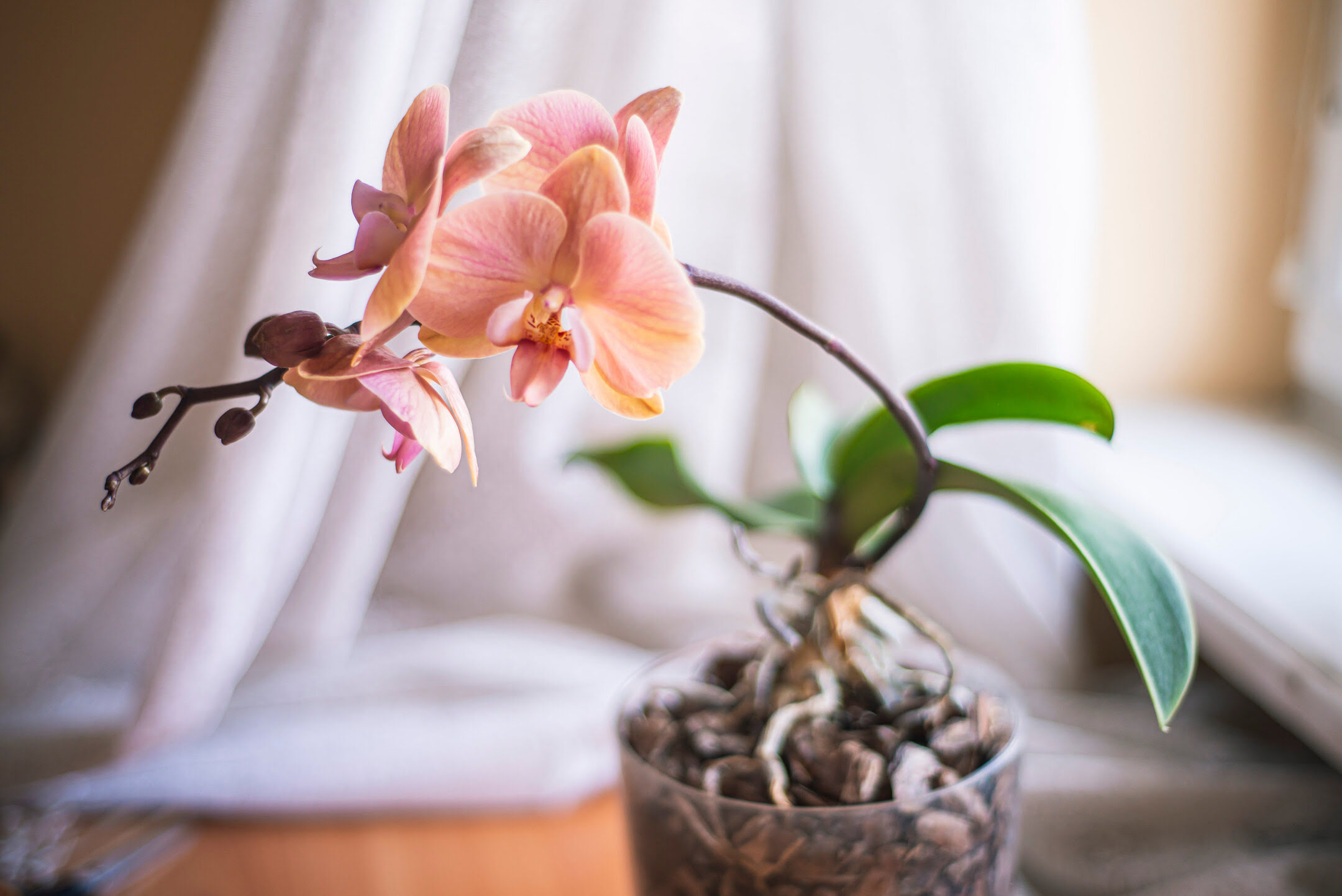
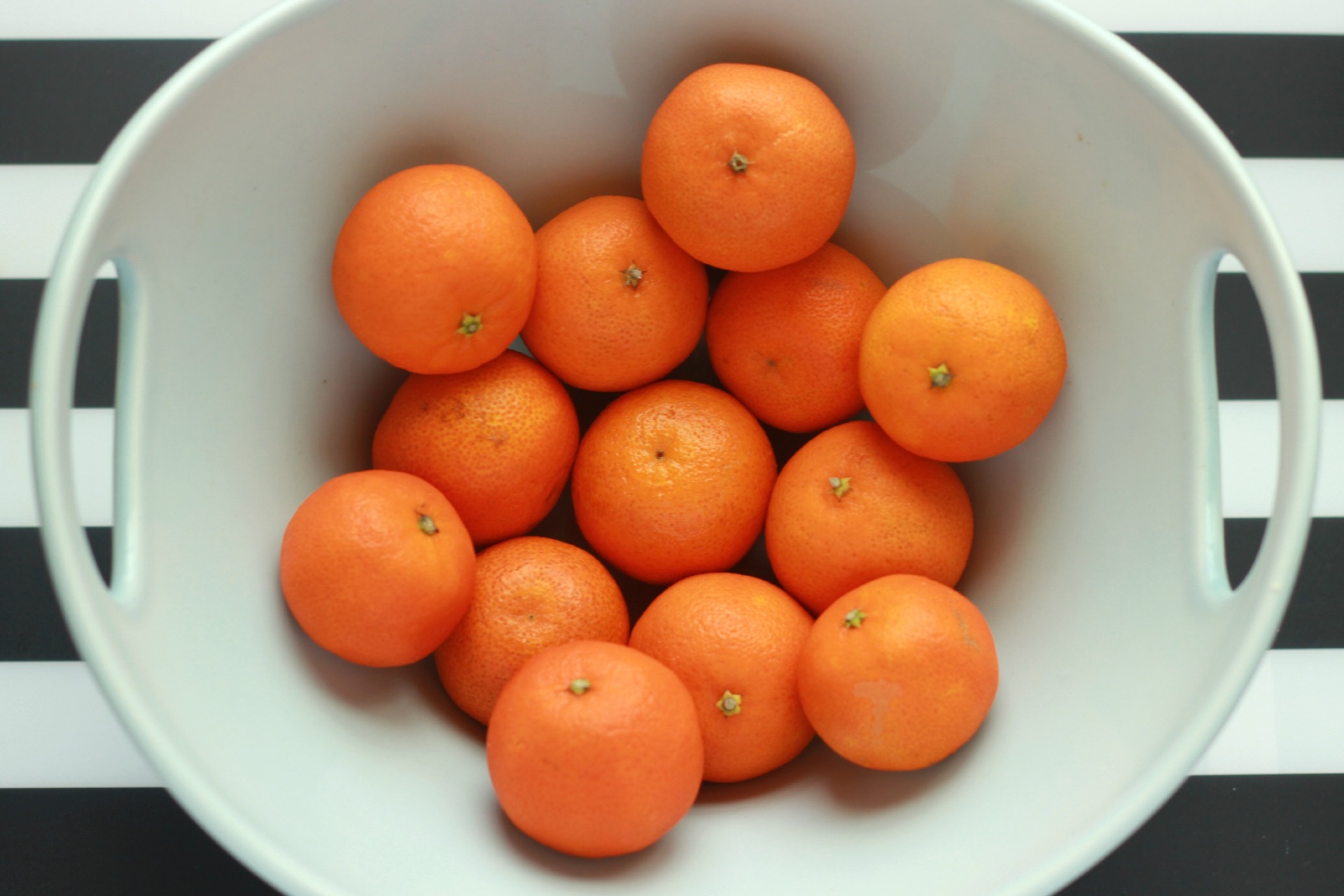
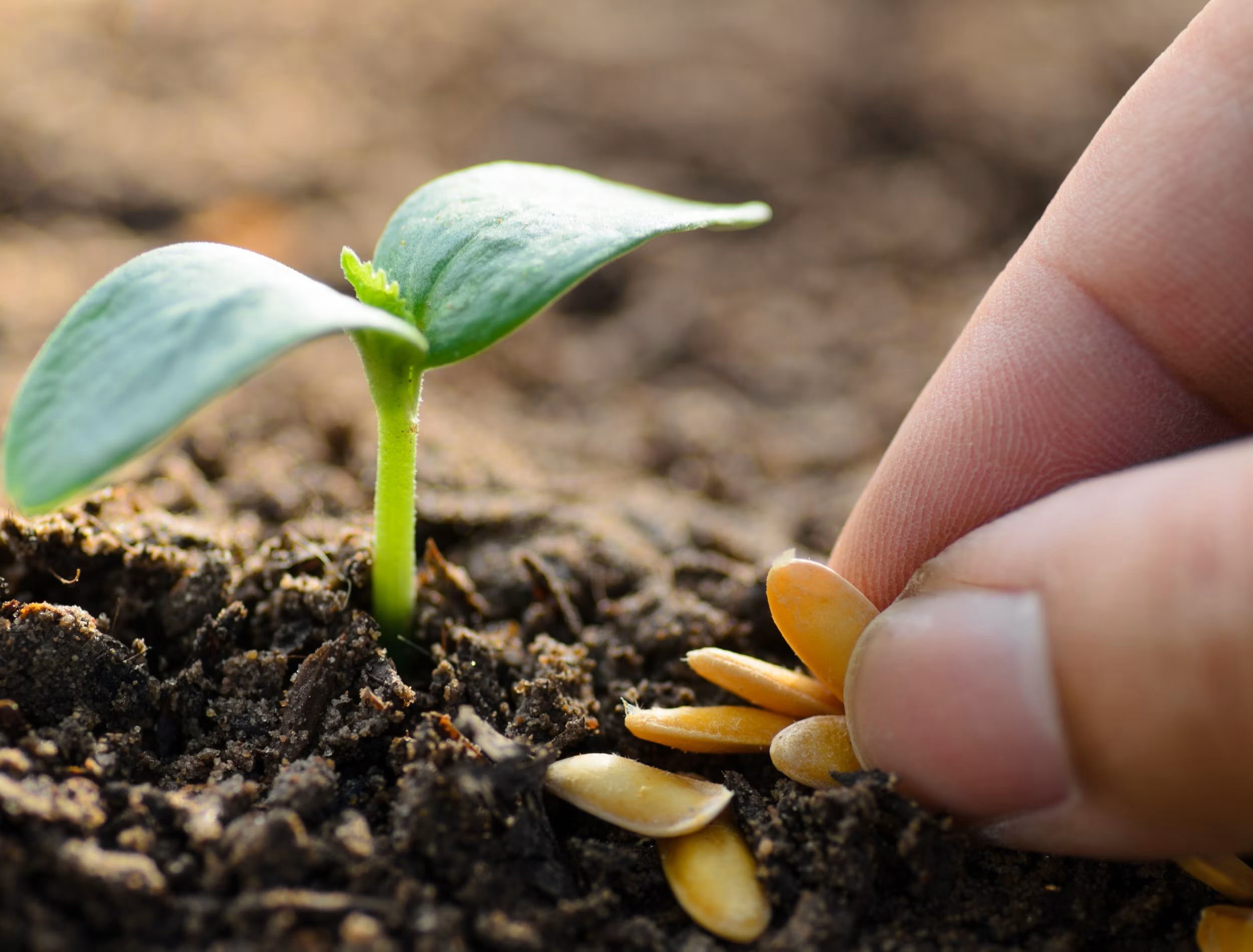
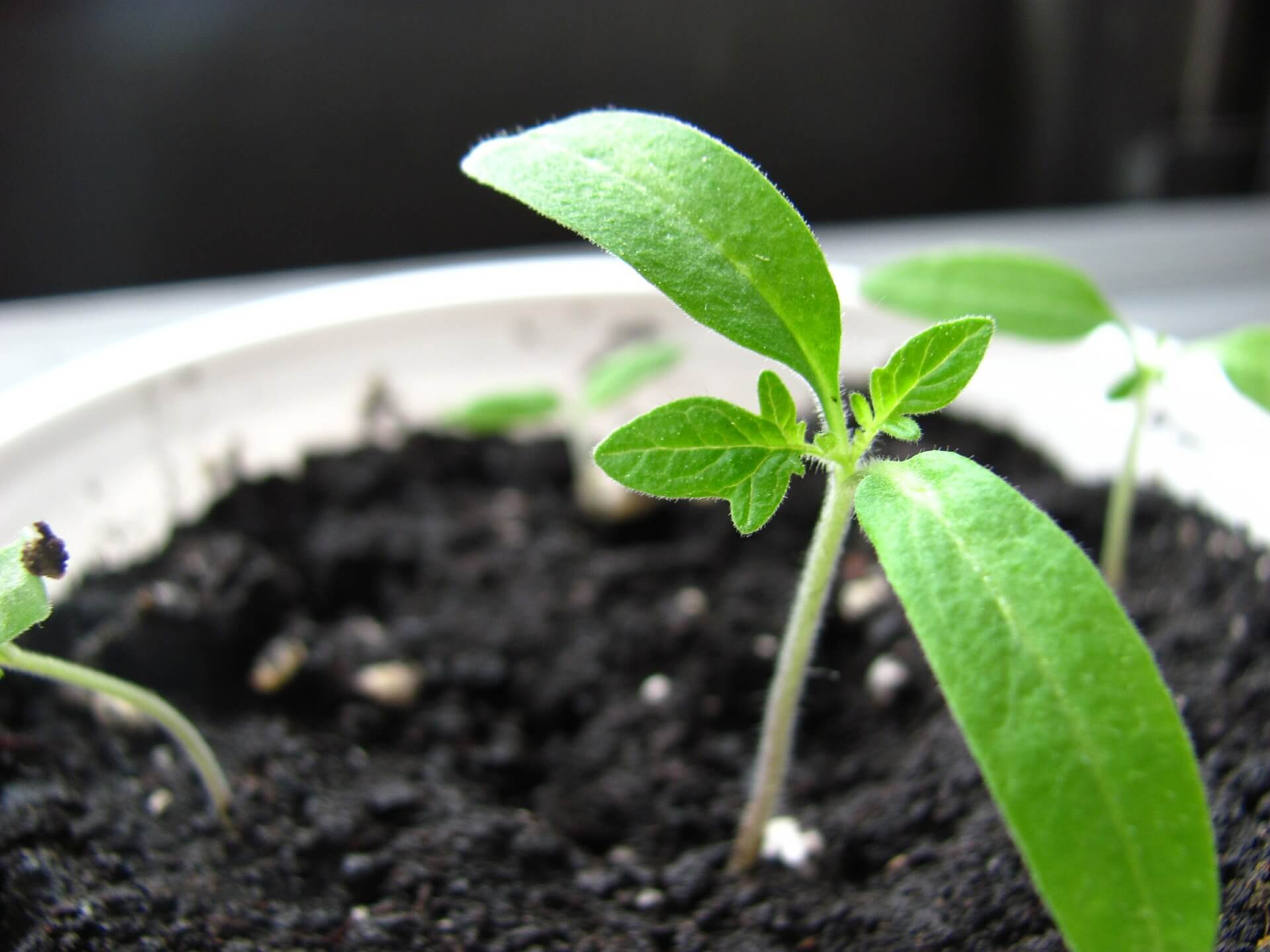
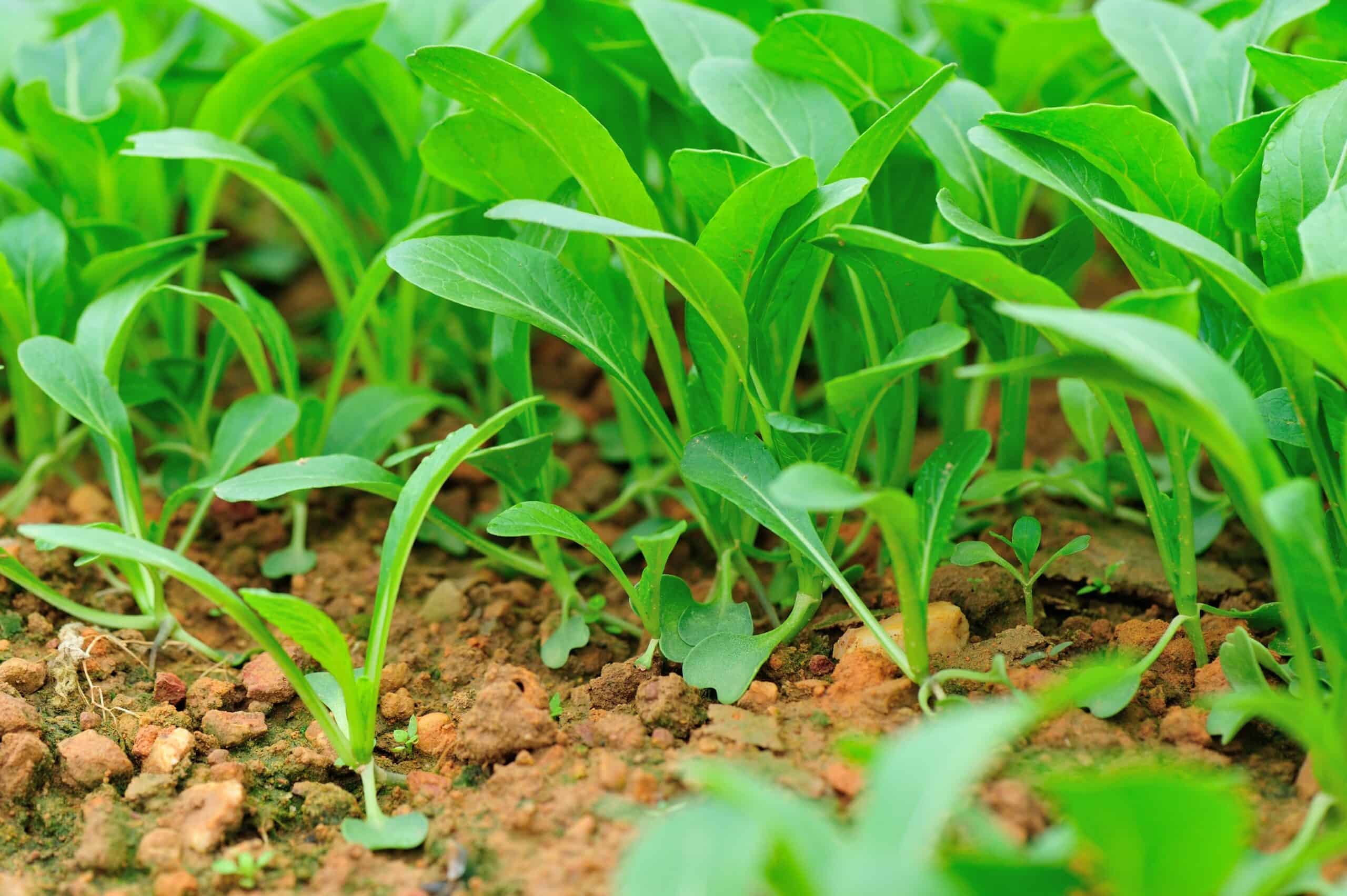
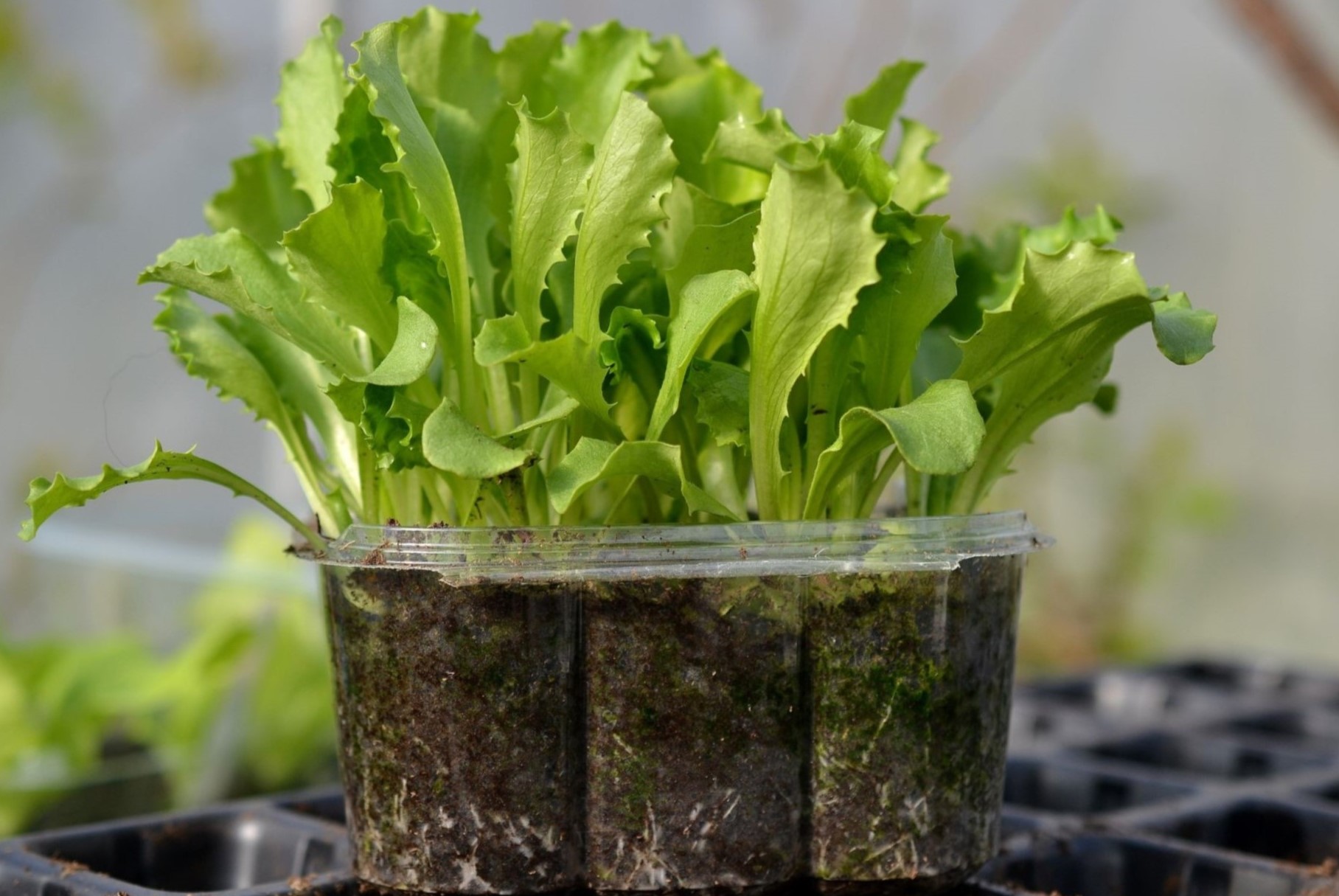
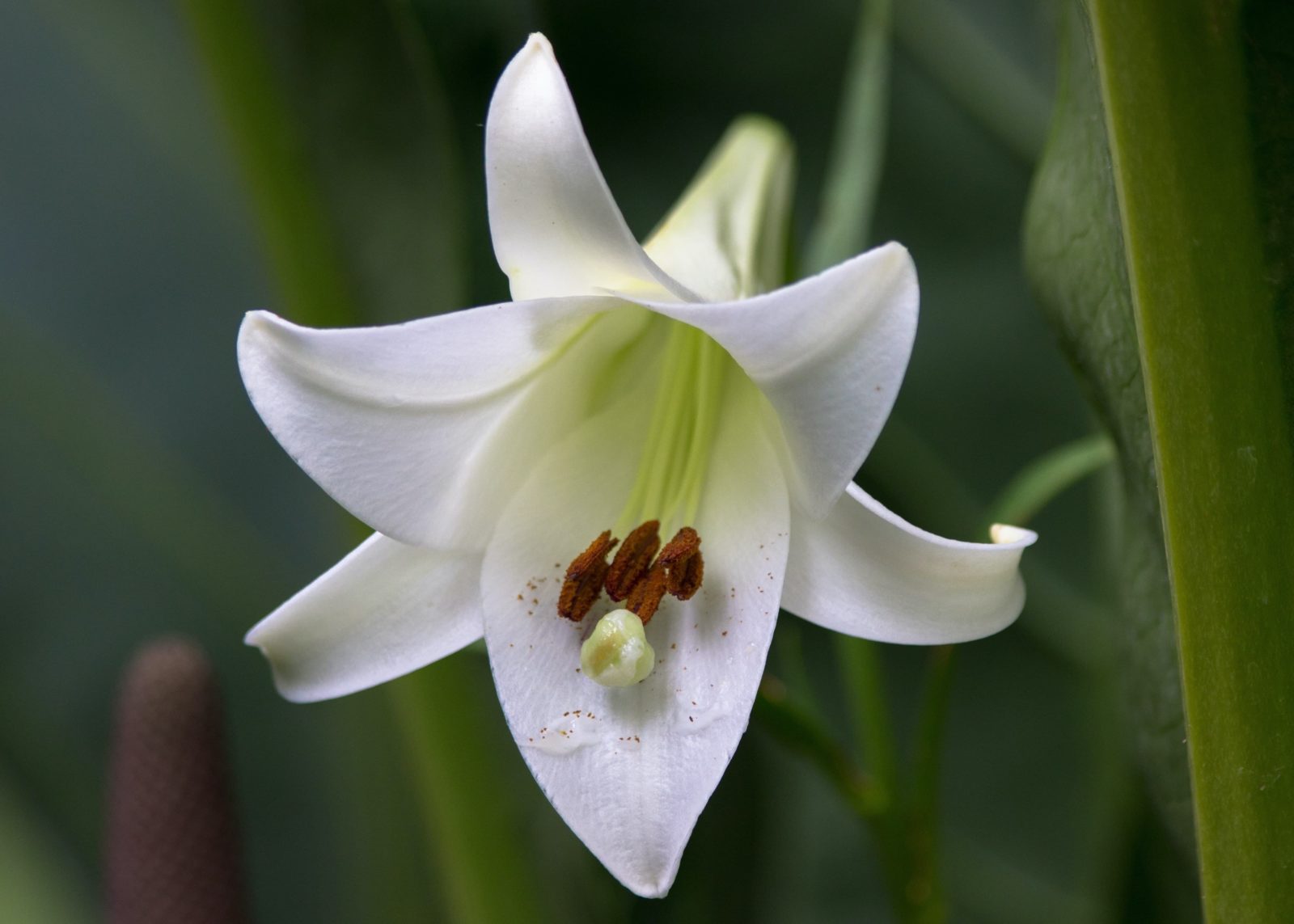
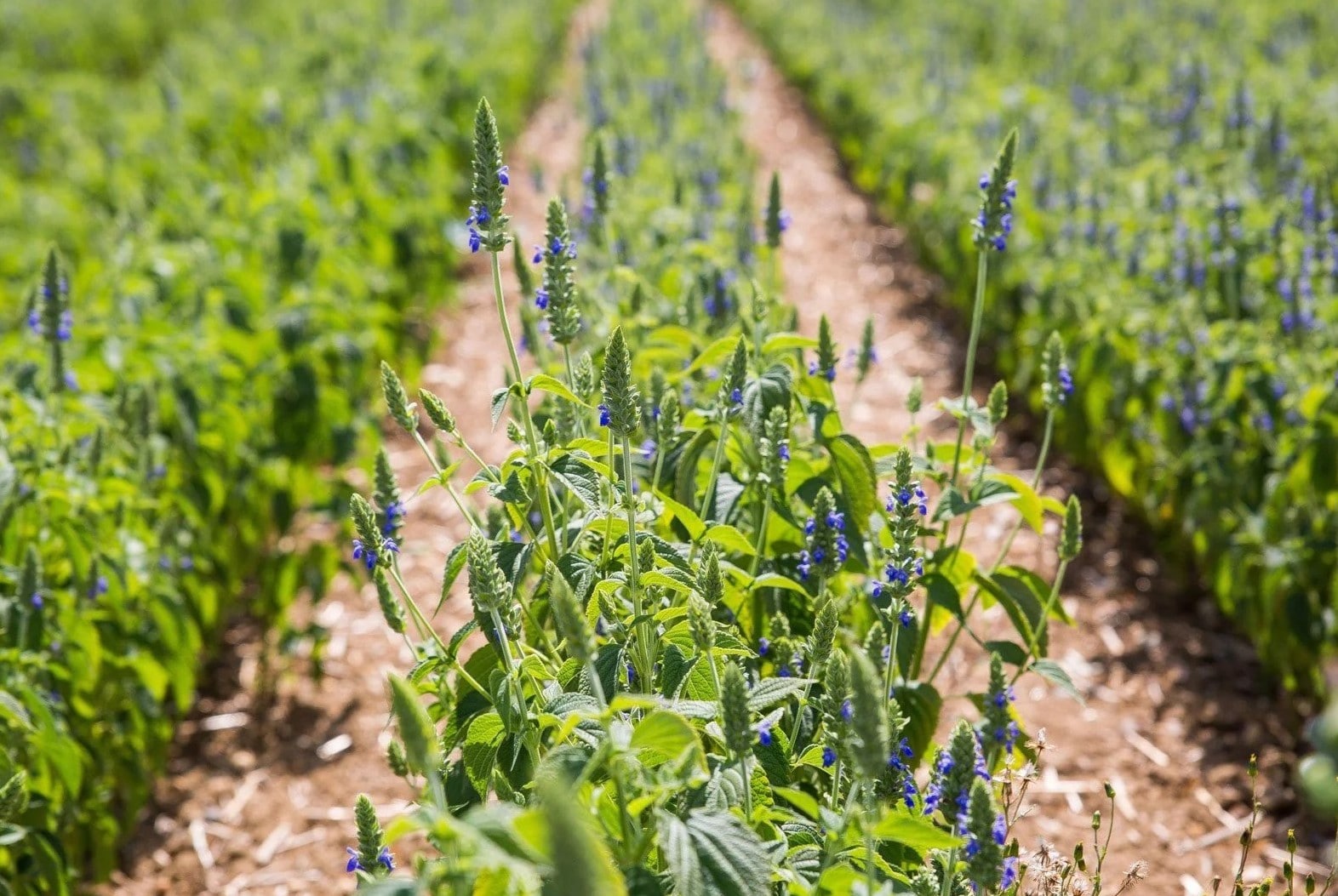
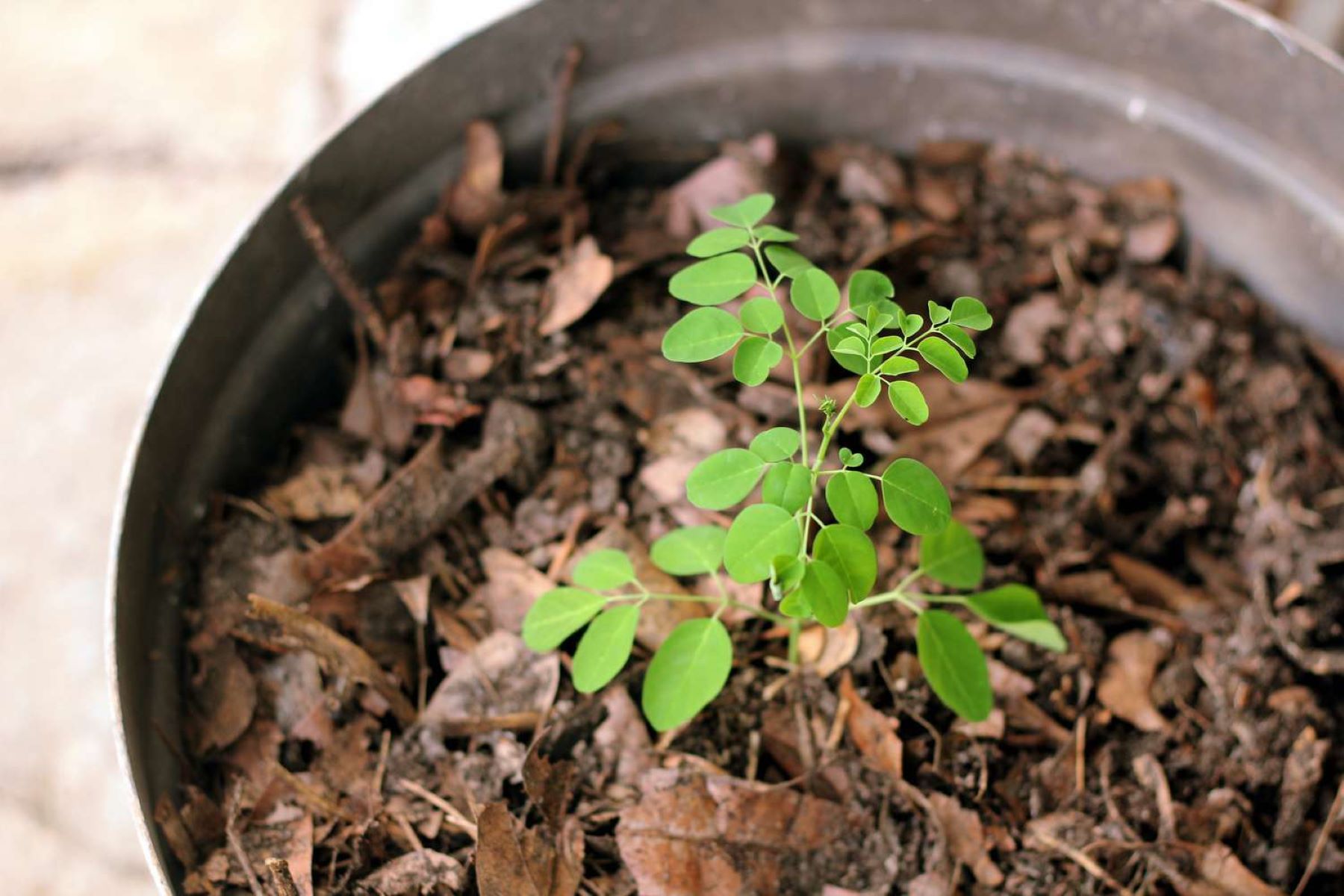
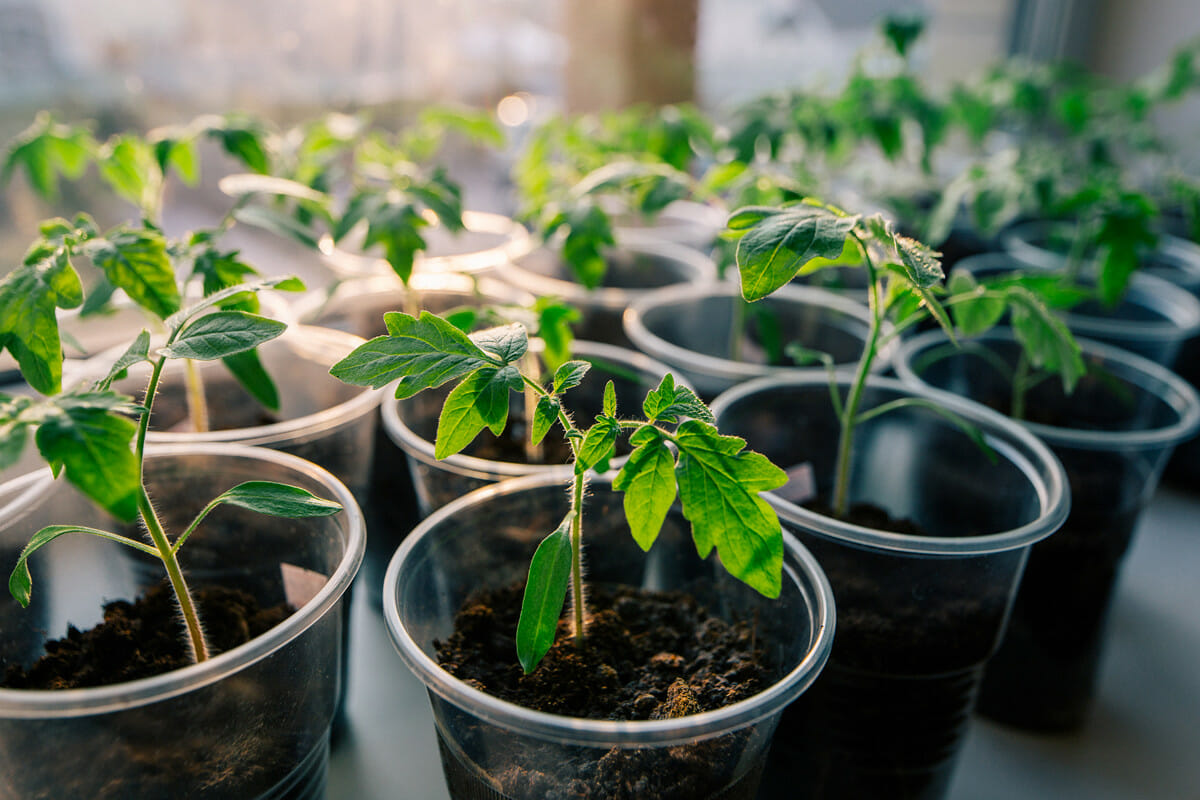
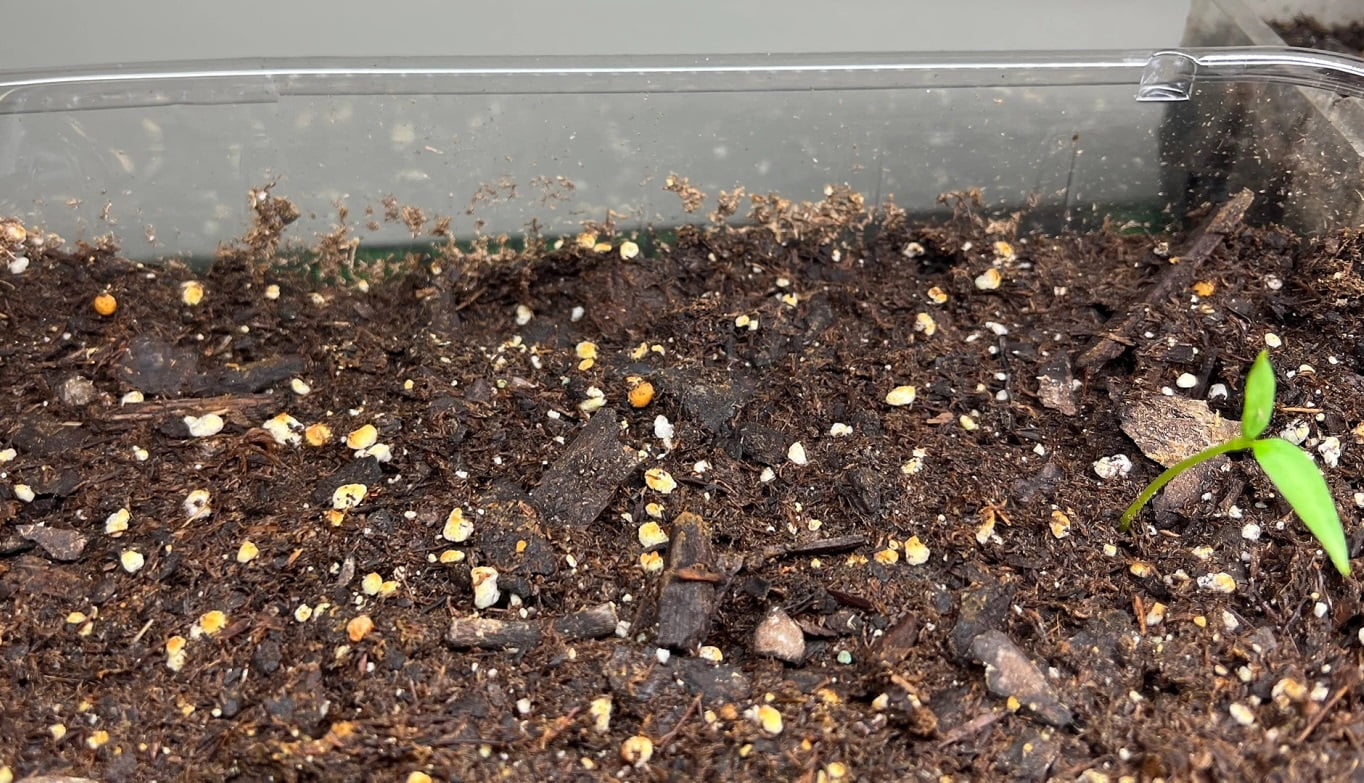
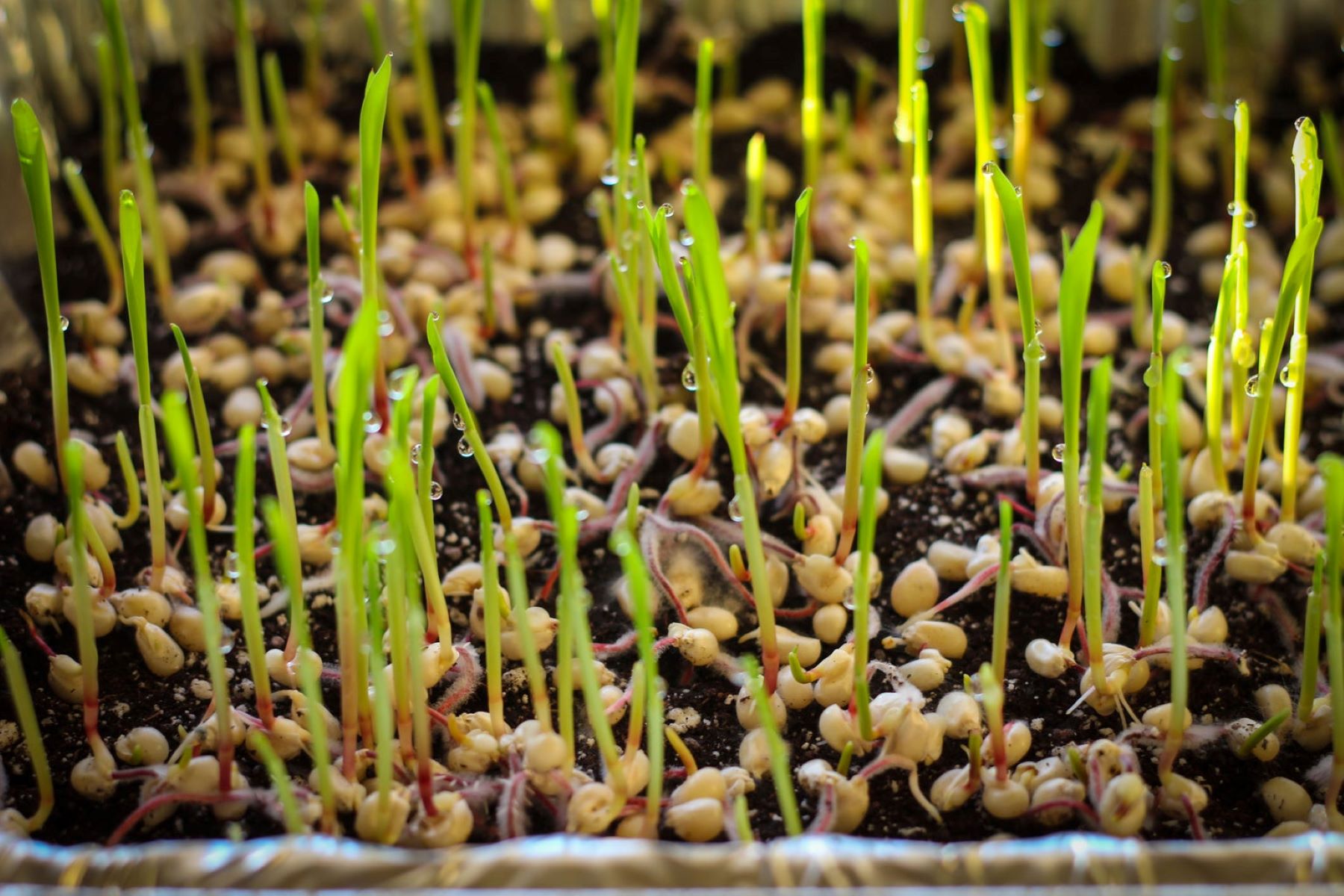

0 thoughts on “How To Grow Clementines Without Seeds”